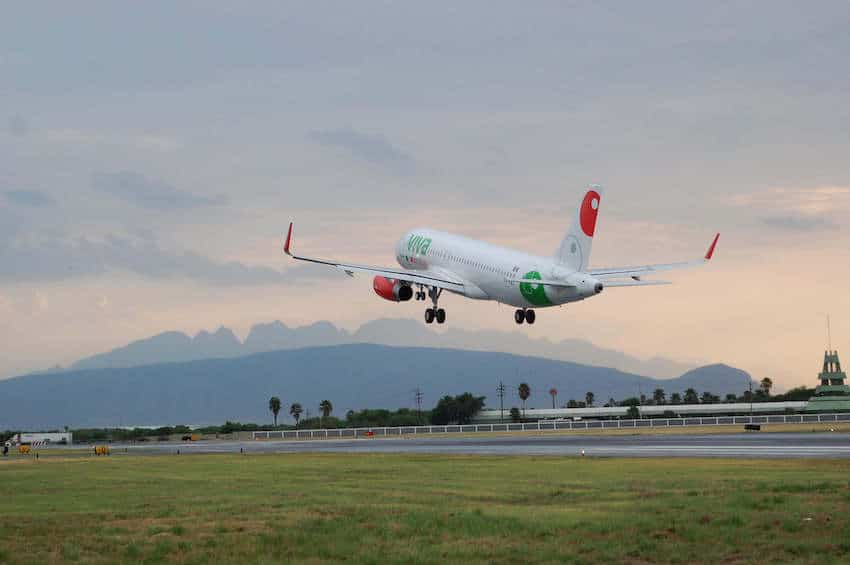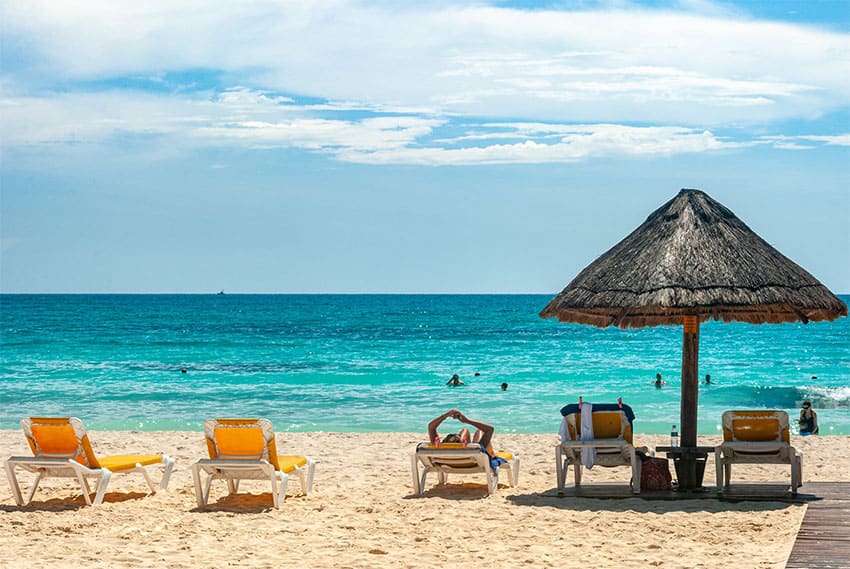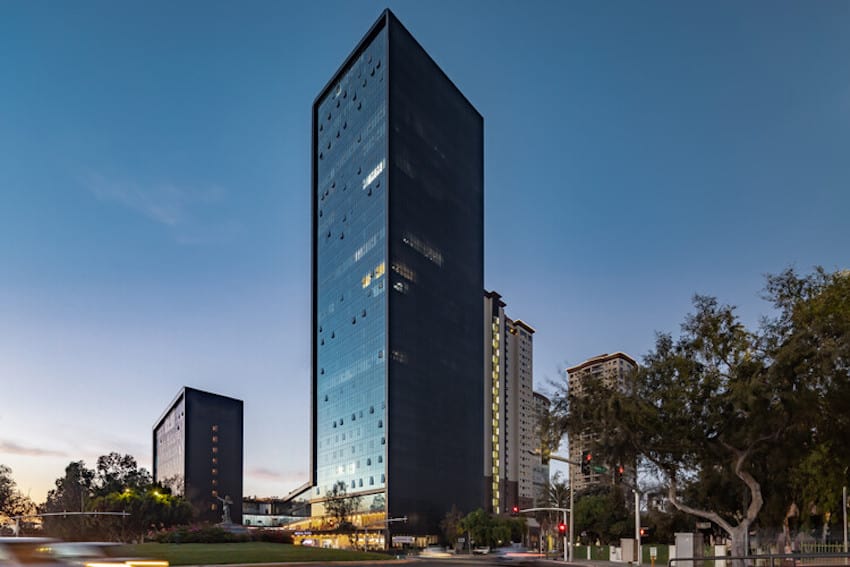The largest tourism fair in Latin America came to a close with record sales as reported by Mexico’s Tourism Minister Miguel Torruco.
The Tianguis Turístico, which gathered businesses from across the tourism industry, “broke all records in terms of business appointments, participation of buyers and representation of nations,” Torruco said, citing preliminary reports.

Companies and local governments used the four-day event to announce new tourism-related initiatives and products and traveling opportunities.
According to Torruco, preliminary sales numbers reached US $68.5 million — an 87% increase from the 2022 fair held in Acapulco.
“The event marked a milestone for tourism in the country and in the history of the tourism fair itself,” Torruco said.
Ninety countries from five continents attended the event, involving 2,338 buyers and 1,383 companies, the ministry said. The fair, which allows registered participants to make appointments in advance with business participants at the event, saw close to 90,000 such appointments scheduled.
Organizers attributed that number to a 34% increase in people attending the fair as buyers. Torruco said that 53% of those business appointments ended in sales.
Companies and local governments used the four-day event to announce new tourism-related initiatives and products and traveling opportunities, including announcements about new airline routes and the use of technology in the tourism industry, as we highlight below.
Viva Aerobus announces new Querétaro-Los Cabos flight
With three flights per week starting in July, the airline Viva Aerobus will launch a new route from Querétaro to Los Cabos, Baja California Sur.

According to the government of Querétaro, Los Cabos is one of the most requested destinations by airport users. Authorities anticipate about 45,000 people per year will fly the new route.
“[The new route] will allow us to place and promote Querétaro in a market that, naturally, we do not have. With this new flight, Querétaro will be able to offer new travelers all our products,” Minister of Tourism for Querétaro Adriana Vega said during the announcement.
The route will use Airbus A320 aircraft, which can accommodate up to 186 passengers.
ChatGPT recommends Mexico as a tourist destination
Chairman of the Board of Directors at Grupo Carso Carlos Slim Domit (billionaire Carlos Slim Helú’s son) told audiences in a keynote address at the fair that he had tried out Open AI’s ChatGPT software and that it had good things to say about Mexico.
Slim Domit said he’d asked the chatbot the question: “Do you recommend visiting Mexico?”
The chatbot responded in the affirmative, he said.

The AI (artificial intelligence) software told Slim Domit that Mexico has “a lot to offer.”
From modern cities to historical towns, mountains and seaside villages, ChatGPT said, “there’s something for everyone in Mexico,” and “Mexico is a great place to go if you’re looking to travel somewhere.”
Slim Domit said that technology is no longer an option but a necessity in the tourism industry and that it’s imperative to explore ways of using it. Tourism companies, he said, should use artificial intelligence to create personalized experiences for their clients.
Mexican states promote medical tourism
The northern, Bajío and western regions of the country are developing strategies to take advantage of increasing medical tourism.
In an interview with newspaper El Economista during the fair, San Miguel de Allende’s head of economic and tourism development Tania Castillo said that the most important destinations in the country are experiencing an economic boom in this sector. Her city is getting involved as well, she said.

Castillo cited the Guanajuato city’s planned Alquería WTC San Miguel de Allende, a World Trade Center campus that in addition to businesses, will include a dedicated medical tourism hospital — which Castillo claimed will be the first such facility of its kind in Mexico.
Construction is anticipated to start this spring.
Medical tourism for cosmetic procedures is in increasing demand in Puerto Vallarta, Jalisco, particularly from Canadian and U.S. citizens, said Sujey Cardenas, head of public relations for Puerto Vallarta’s Tourism Promotion Trust.
Baja California is also a hot spot for medical tourism. About 10% of tourism in the state belongs to this category, and double-digit rates are expected for the rest of 2023. Tijuana and Ensenada are building 15 complexes to accommodate this new breed of tourist.
With reports from El Economista, InfoBae, El Economista, El Economista
